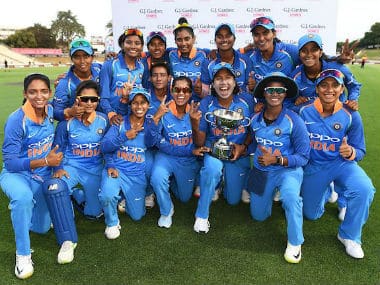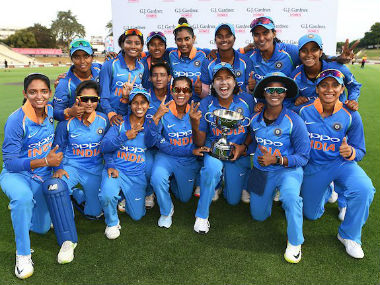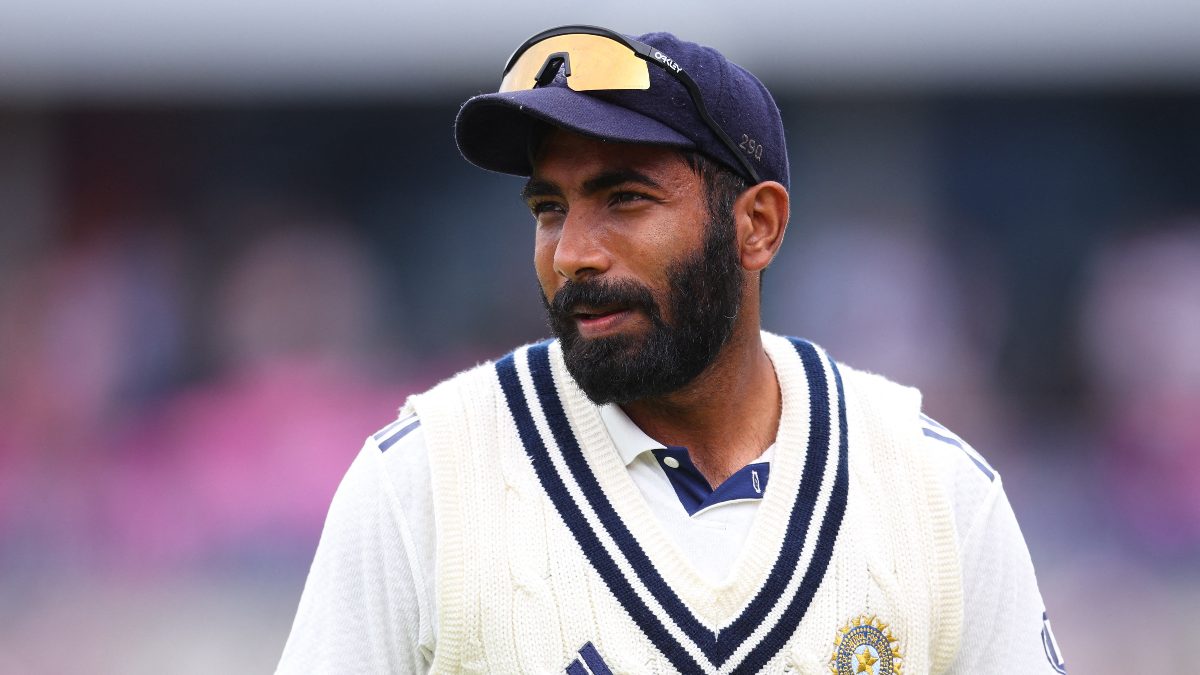“How’s the josh?” asked Smriti Mandhana of the team as they gathered around the trophy after the presentation. “High, sir!” the team beamed and screamed in reply, and the cameras captured their smiles. High it should be; this team has reasons to smile despite losing the day. India finished the ODI leg of their tour of New Zealand with a 2-1 series win. Mandhana finished the series with two ‘Player of the Match’ and the ‘Player of the Series’ awards, but rightly gave the credit to the Indian bowlers. The spinners baked 15 wickets between them, and Mandhana’s 196 runs rounded out the cake. The icing was Mithali Raj scaling the 200-ODI peak in the third game, becoming the first woman ever to do so. The term SENA is not fashionable in women’s cricket, but there is a big three. Australia, England and New Zealand are all early adopters of the game, and are considered the traditional powerhouses. For instance, before 2016, no team outside of those three had won a global title since 1973. South Africa have only become serious challengers in the last decade. So winning in ENA, if you’ll allow, matters. [caption id=“attachment_6009251” align=“alignleft” width=“380”]  The victorious Indian team pose with the trophy. Image credit: Twitter/@BCCIWomen[/caption] On Friday (1 February), India ticked off their first alphabet from that list. It was the first time India had won a full bilateral series in the country. While India started as slight favourites and the scoreline played out as expected, in the bigger picture, the win is quite significant. This Indian team has now won three consecutive away series’ in the current World Cup cycle. With most ODI series’ being a part of the ICC Women’s Championship, and carrying points that count towards direct qualification for the 2021 World Cup, India have now won series in South Africa, Sri Lanka and New Zealand. In between these away wins was a 0-3 drubbing by Australia at home, and a 2-1 win over England (not a part of the ICCWC). But for a change, India have been more than competitive. Add to this the T20 series win in Australia in early 2016, the run to the final of the World Cup in 2017, and the charge to the semi-finals of the World T20 in 2018, and India have maintained their upward momentum. The playing group has shrugged off three changes in coach, put off-field controversy behind, and lived with two captains who have very different leadership styles. Only a few players play overseas in domestic leagues. The domestic system badly needs professionalism. The system, and the team, still has many bases to cover, but for largely a young squad, this confidence is critical to their chrysalis. Yes, India were helped by the fact that games were played back-to-back to the men’s games, on the same, slightly tired pitches. Yes, away conditions matter less in this era where flat batting wickets are seen as the best way to promote women’s cricket. But winning does something to a team: training days seem shorter, the team bus seem to have better music, and foreign tours are suddenly all about the sights rather than the distance from home. Winning plasters over small squabbles, and gives them room to be mended. Winning injects belief into the fringe of the squad, even though they haven’t done any heavy lifting. There are more tangible benefits too: points on the board. India have now won three of their four series’ with a 2-1 margin, giving them 12 points and putting them in joint second place and behind only Australia in the ICC Women’s Championship table. After unexpectedly losing one ODI against Sri Lanka, the four points secured in New Zealand put India back on even footing, with their fate in their own hands. New Zealand earn direct qualification for the 2021 World Cup as hosts, and besides them, the top four teams will join them without playing Qualifiers. With uncertainty over India playing Pakistan, the remaining two series’ against England (home, in February 2019) and the Windies (away, TBD) become extremely significant.
The scorecard in the final ODI left questions to chew on over the next few days. All three ODI series wins have followed a similar pattern: India dominating the series by winning the first two games, but missing out on a whitewash. Five of the six wins have seen high scores from Mandhana, and two of the three losses have come when she has failed. The bowling has sometimes struggled to be penetrative on flat tracks. India have created a winning habit; a formula for sunny days. Now they will look to build an effective and relentless Plan B.
So much for long-term planning. The focus now shifts towards the more immediate concerns, the T20Is, with the T20 World Cup less than a year away. On their last two away tours, India came away with series wins in both formats. And that will be their next target in New Zealand.


)

)
)
)
)
)
)
)
)



